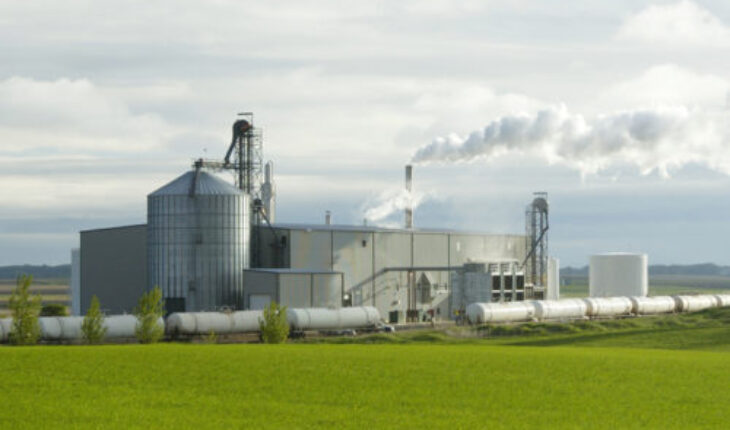New Delhi: India, having recently achieved a 20% ethanol blend in petrol ahead of schedule, aimed to escalate to 30% by 2030.
This push—central to its energy security and rural development—now confronts serious challenges.
The United States is pressing India in ongoing bilateral trade talks to open its market to US corn‑based ethanol, warning that resistance may imperil broader trade negotiations.
Ethanol blending has emerged as a key pillar of India’s energy strategy: mixing ethanol (from sugarcane, maize) with petrol has saved over ₹1.2 trillion in foreign exchange and reduced approximately 19.3 million tonnes of oil imports.
Moreover, it supports rural economies by creating agricultural demand, generating jobs, and contributing to climate goals under the Paris Agreement.
However, US ethanol imports pose a significant threat. Indian farmers in key producing states—Maharashtra, Uttar Pradesh, Karnataka—have invested heavily in feedstock cultivation.
Importing cheaper American ethanol could undercut domestic prices, stifling farmer income and investment.
Even without external pressures, India’s ethanol supply chain faces capacity constraints.
Current production stands at ~17 billion litres, but estimates suggest an extra ~4.75 billion litres will be needed by 2030–31 to meet E30 blending targets—requiring investments of roughly Rs 22,000 crore.
Investor impatience is growing: margins have shrunk from 12–13% to a mere 1–2%, fed by rising feedstock costs and static procurement rates.
In response, firms like Triveni Engineering & Industries have abandoned new distillery projects.
Additionally, India must insulate producers from cheap imports and address environmental concerns—sugarcane’s high water usage threatens groundwater, especially in regions already struggling with scarcity, and may impact sugar industry
Ultimately, India faces a complex balancing act: resisting US market pressure, scaling up blending infrastructure, maintaining farmer viability, and safeguarding environmental sustainability—while preserving its clean‑fuel ambitions.





